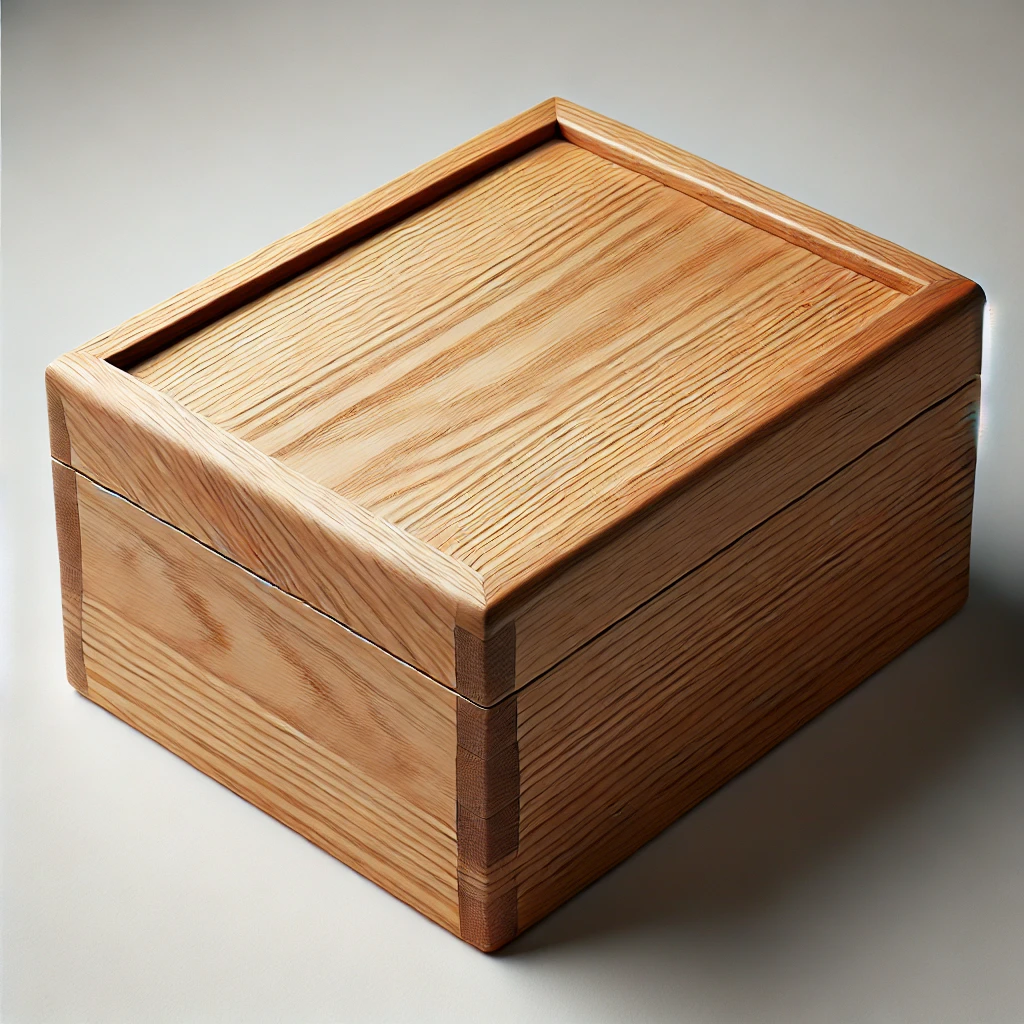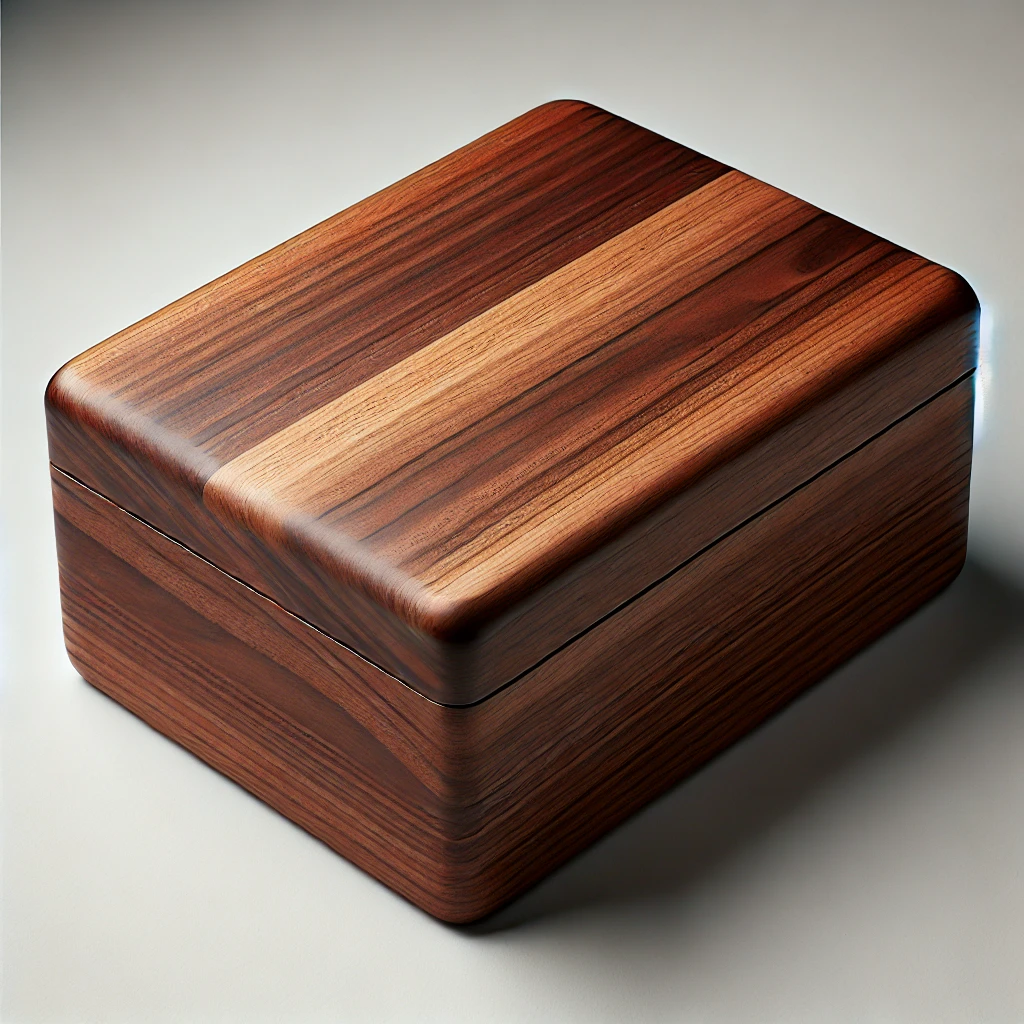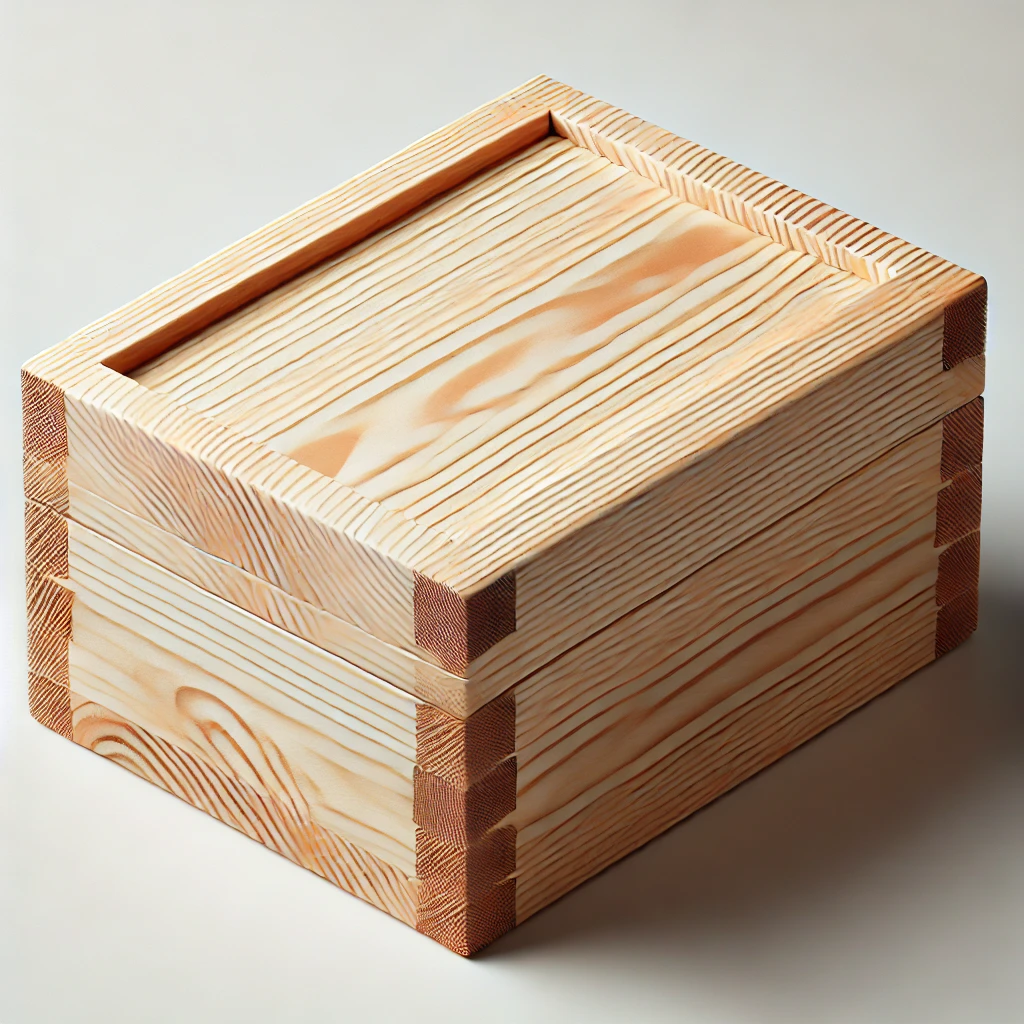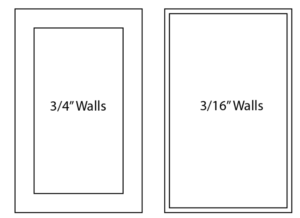When it comes to making wooden boxes, the type of wood you choose is essential. Different types of wood have different properties, and this can affect everything from the box's durability to its appearance. Whether you're making a simple storage box, a decorative box, or a heavy-duty container, selecting the right wood is crucial. Let’s explore the common woods used for making wooden boxes and how they can influence your project.
The best wood for wooden boxes depends on their use. Common choices include oak, walnut, pine, and maple.1

Let’s take a closer look at some of the best types of wood for making wooden boxes. I will share details about their advantages and when you might want to choose each type.
What Wood is Best for Making Boxes?
Choosing the right wood for a box depends on what you need the box to do. If you're looking for durability, you will want a hardwood like oak or walnut. For something more decorative or cost-effective, pine might be a better choice. The type of wood also affects the weight of the box, its grain pattern, and how easy it is to work with.
Hardwoods like oak and walnut are ideal for durable boxes. Pine is lighter and more affordable for decorative boxes.

Choosing the Right Wood
When it comes to strength and durability, hardwoods are the top choice. Oak2 is one of the most commonly used woods for storage boxes, furniture, and other heavy-duty applications. It’s a dense, durable wood that can withstand a lot of weight. Oak also has a unique grain pattern that gives it a rich, timeless look. When you need a box that will stand the test of time, oak is a great choice. It’s used not just for boxes but also for cabinets, bookshelves, and other home furniture because of its strength.
Another premium choice is walnut, which is often chosen for decorative boxes. Walnut is known for its dark, rich color and fine grain. This wood is often used for high-end wooden boxes, as it gives them a luxurious feel. Although walnut is more expensive than oak, it’s a great investment if you’re creating a decorative piece or if the box will be a focal point in a room.
For lighter, budget-friendly boxes, pine3 is a common choice. Pine is a softwood, meaning it’s easier to cut and shape than hardwoods4. It’s also less expensive and widely available. However, pine is not as strong as oak or walnut, so it’s better suited for smaller boxes or decorative pieces rather than heavy-duty storage solutions. Pine’s light color and subtle grain make it ideal for creating rustic or minimalist designs.
Wood Comparison Table:
| Wood Type | Hardness | Cost | Common Uses | Appearance |
|---|---|---|---|---|
| Oak | Hard | High | Furniture, Storage | Dark, rich grain |
| Walnut | Hard | Very High | Luxury Boxes, Decor | Dark, elegant |
| Pine | Soft | Low | Crafts, Storage | Light, subtle grain |
| Maple | Hard | Moderate | Storage, Furniture | Smooth, fine grain |
What is the Best Wood to Make a Wooden Box Out of?
The best wood for a wooden box largely depends on the purpose and design of the box. If the box will be used for storing heavy items, you will need a stronger, more durable wood like oak or maple. If the box is meant for decorative purposes, then walnut or pine may be the better choice.
Choosing the best wood depends on the box's purpose. Oak and walnut are best for durability, while pine is ideal for decorative boxes.

Understanding Different Wood Types
Maple is another hardwood option that is very durable. It has a fine, smooth grain and is often used for furniture and storage boxes. Maple is harder than pine, but it is not as expensive as walnut. It offers a good balance of cost and durability, making it ideal for boxes that will be used frequently or need to hold weight. While maple’s light color can make it less striking than walnut, it still provides a clean, fresh appearance that works well in both traditional and contemporary designs.
When it comes to high-end, luxury wooden boxes, walnut remains one of the best options. Walnut is a premium wood with a unique, dark color and grain pattern that can’t be matched by many other woods. This makes it perfect for decorative boxes, jewelry boxes, and other fine storage pieces. Walnut can be used for boxes of any size, but its price and appearance make it most suitable for luxury items.
In contrast, pine is a budget-friendly wood with many applications. While it may not have the same durability as oak or walnut, pine has a light, natural look that is perfect for small storage boxes, craft boxes, or other decorative pieces. Pine is easy to work with, which makes it a popular choice for DIY projects and home décor. However, if you need a box for heavy-duty storage or protection of fragile items, pine may not be the best option.
Ideal Wood for Different Types of Boxes
| Box Type | Ideal Wood | Key Features |
|---|---|---|
| Storage Boxes | Oak, Maple | Strong, durable |
| Decorative Boxes | Walnut, Oak | Elegant, long-lasting |
| Lightweight Boxes | Pine, Plywood | Cost-effective, light |
| Luxury Boxes | Walnut, Mahogany | High-end, beautiful |
How Thick Should Wood Be for a Wooden Box?
The thickness of the wood used for a wooden box depends on the box's intended use. For smaller boxes or lightweight storage, thinner wood is often sufficient. However, for larger or heavy-duty boxes, thicker wood is necessary to provide strength and durability. Typically, wood thickness for a wooden box ranges from 1/4 inch to 1 inch.
Wood thickness for wooden boxes ranges from 1/4 inch to 1 inch. Thicker wood provides more strength and durability for larger boxes.

Understanding Wood Thickness
For small decorative boxes, thinner wood (such as 1/4 inch or 1/2 inch) works well. 5Thinner wood keeps the box light and easy to handle, while still providing enough strength for smaller storage purposes. It also allows for more intricate carving or detailing, which is important if the box is meant to be a decorative item rather than a functional storage solution.
For general storage boxes, thicker wood (around 1/2 inch to 3/4 inch) is recommended. This provides added strength and ensures that the box can hold weight without bending or warping. Thicker wood also helps improve the box’s durability, particularly for boxes that will be used frequently or moved around a lot.
For heavy-duty boxes, thicker wood (1 inch or more) is essential. These boxes are often used for industrial purposes, or to store large, heavy items. The extra thickness prevents the box from collapsing or losing shape under the weight of the items stored inside. Wood such as oak or maple is typically used for these types of boxes due to their inherent strength and durability.
Recommended Wood Thickness for Different Box Types
| Box Type | Recommended Thickness | Suitable Wood Types |
|---|---|---|
| Small Boxes | 1/4 inch - 1/2 inch | Pine, Plywood |
| General Storage | 1/2 inch - 3/4 inch | Oak, Maple |
| Heavy-duty Boxes | 1 inch or more | Oak, Walnut |
What Type of Wood is Box Wood?
The term "boxwood" often refers to the wood from the Buxus genus, known for its fine grain and smooth texture. Boxwood is commonly used for carving and creating intricate, small boxes. It is not typically used for larger, structural boxes due to its limited size and cost.
Boxwood, from the Buxus genus, is used for small, intricate boxes. It’s highly valued for its fine grain and strength.

Boxwood vs Other Woods
While boxwood is the wood of choice for smaller, decorative boxes, it is not commonly used for larger, more practical boxes. Boxwood is a hardwood known for its strength and smooth texture, making it ideal for detailed carving. It is often used in creating intricate jewelry boxes, collectible items, and other fine woodwork projects. Boxwood is relatively dense and resistant to splitting, which makes it great for these types of applications.
On the other hand, oak and walnut are better suited for larger, heavier boxes due to their superior strength and availability in larger sizes. Boxwood is more expensive, and its small size limits its use in larger items. But when you want a delicate, fine-textured box with a refined appearance, boxwood is often the best choice.
Boxwood vs Other Wood Types
| Wood Type | Grain | Durability | Cost | Common Uses |
|---|---|---|---|---|
| Boxwood | Fine, smooth | High | High | Small, intricate boxes |
| Oak | Open-grain | Very High | Moderate | Heavy-duty boxes, furniture |
| Walnut | Fine-grain | Very High | High | Decorative, luxury boxes |
| Pine | Straight-grain | Moderate | Low | Small storage boxes, DIY projects |
Conclusion
Choosing the right wood for your wooden box is crucial. Oak, walnut, and maple are great for strength and durability, while pine is an affordable choice for lighter boxes. Boxwood is perfect for smaller, decorative pieces. Consider your box’s purpose and weight before deciding on the best wood to use.
-
Discover the key differences and advantages of these popular woods for making wooden boxes. ↩
-
Learn why oak and walnut are top choices for durable and high-end decorative wooden boxes. ↩
-
Discover why pine is a cost-effective option for making decorative and lightweight wooden boxes. ↩
-
Understand the key differences between hardwoods and softwoods, and how they impact your box-making choices. ↩
-
Learn the ideal wood thicknesses for different types of wooden boxes based on their use. ↩

